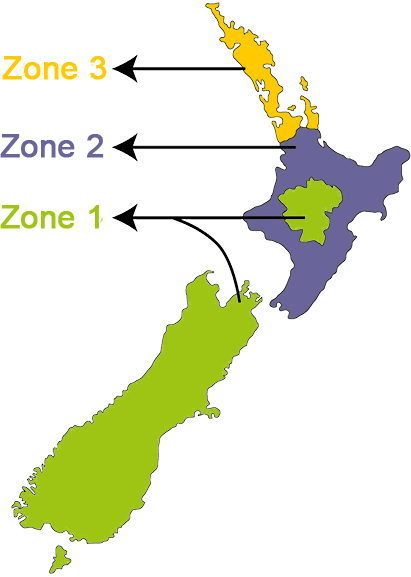
Growing Guide
2cm
600cm
600cm
500-1000cm2
5cm
Transplant
40
1068-4380
Now it’s time to sow the olive pits.
Use a well-draining soil mix of half sand and half seed compost in individual 15cm containers.
Sow the olive 2cm deep.
Put the pots into a shaded cold frame with a germination mat set at 60 degrees F.
(16 C.) for about a month.
Keep the top 5cm of each pot moist while the seed germinates but allow the top 0.5cm to dry out between waterings to deter fungal and bacterial disease.
Increase the germination mat’s temp to 70 degrees F.
(21 C.) after the first month of warm stratification and continue to water as before.
Seedlings should emerge in this second month.
When they do, begin to drop the temperature of the mat by 5 degrees (15 C.) each week until the temp is equal to the exterior temperature.
Acclimate the seedling to outdoor conditions gradually over the course of a couple of weeks.
Keep them in a lightly shaded area during the hot summer months and then transplant them in mid-autumn when the weather is again cool and moist
To plant, dig a hole large enough to accommodate the root ball and fill it with water.
Also, water the pot containing the olive tree thoroughly.
When the water has drained from the hole, plant the tree firmly.
Ensure that the root ball and stem are set at the same depth in the soil as they were in the pot.
The trunk or stem should be staked up to the crown to keep it straight and prevent wind rock.
Keep the tree well-watered, adding a liquid feed once a week, until it is established.
If you choose to grow a tree in a large pot, fill it with a free-draining mix of loam and compost.
Each year in spring, remove the top few centimeters and replace it with a fresh mix.
Regular liquid feeding, from spring to late summer, is essential for pot grown olive trees if they are to produce fruit regularly.
Most olives are ready to harvest when the juice turns cloudy, at the “green ripe” stage in late September.
They ripen to an uneven reddish-brown through November, finally darkening to the “naturally black ripe” stage by early December.
Olives in this stage have a high oil content and are easily bruised.
Olives turn purple when fully ripe.
The first step in growing olive trees from pits is to gather seeds in the fall once the fruit has ripened, but before they turn black.
Don’t gather the olives from the ground but rather harvest the fruit directly from the tree.
Use only olives that are unmarred by insect holes or other damage.
Put the olives in a bucket and lightly hammer the flesh to loosen it.
Cover the crushed olives with water and soak overnight, stirring the water on occasion.
Skim out any floaters, which are likely rotten.
Drain the water.
Using two scouring pads or the like, rub the olives to remove any residual flesh and then rinse them thoroughly.
Carefully, nick the pointed end of the olive pits with a pair of bolt cutters.
Don’t break all the way through the hull or the seed will be ruined.
Soak them for 24 hours in room temperature water.

Zone 1 - Cool
Zone 2 - Temperate
Zone 3 - Subtropical